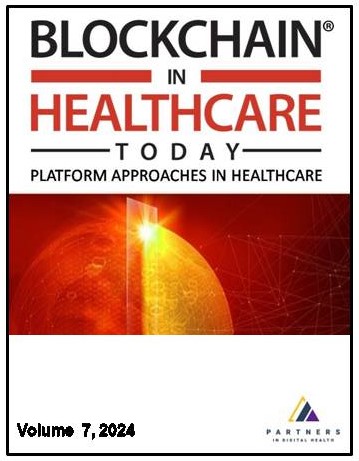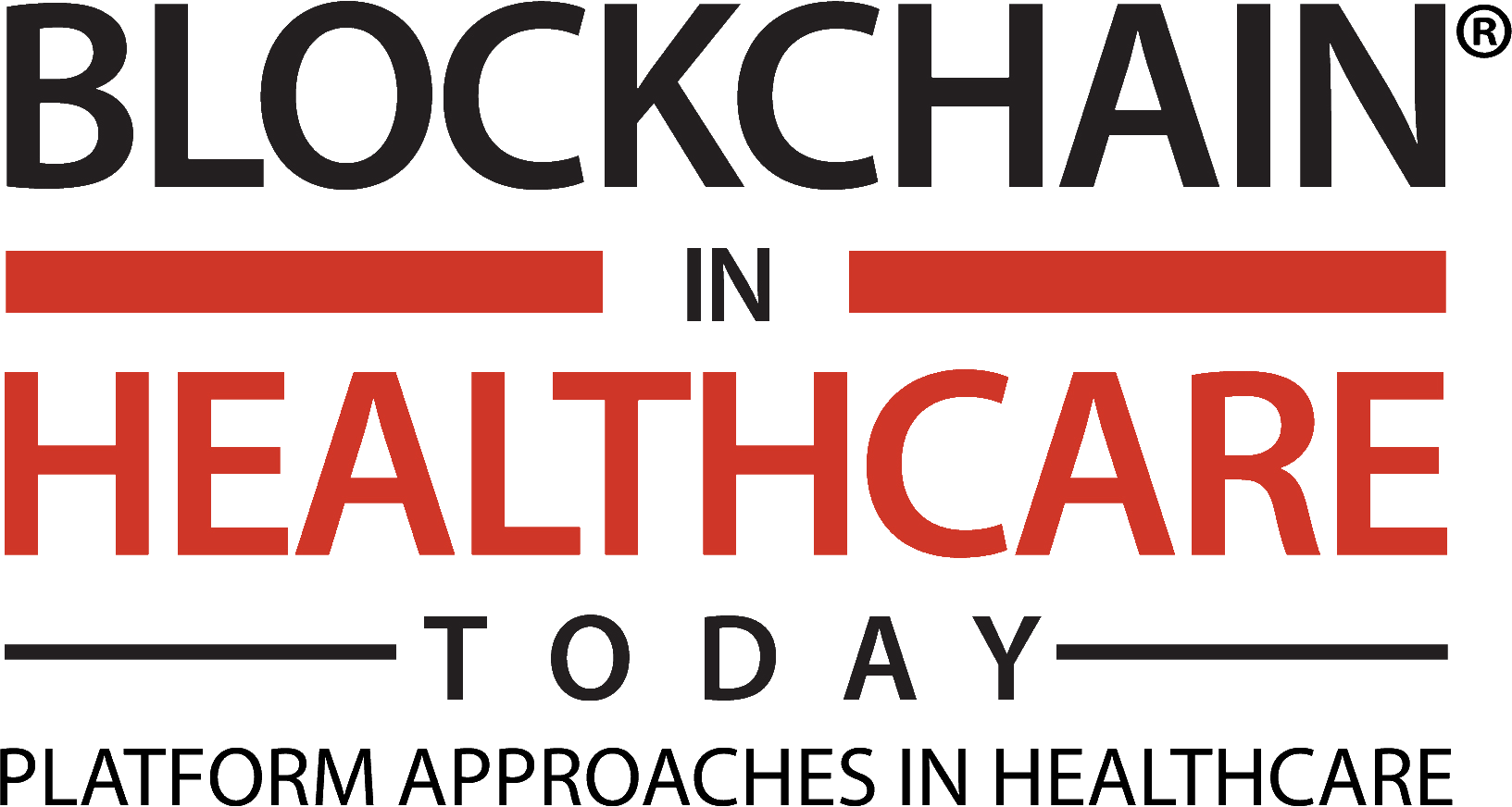
Additional files
More articles from Volume 7, Issue 1, 2024
Leveraging Decentralized Clinical Trial Management Systems (dCTMS) to Advance Science: Exploring Challenges related to the Diffusion of Innovation and its Execution
Pioneering New Business Models in Value Based Care
Blockchain in Health - From Pilots to Mainstream and Implications for AI
Data Economy in Healthcare on Blockchain Technology
EHR Systems and Blockchain: Potentials, Challenges and the Road Ahead
Article views
EHR Systems and Blockchain: Potentials, Challenges and the Road Ahead
Abstract
Panelists discuss blockchain technology use for electronic health records, and specifically delve into the benefits that blockchain brings to EHRs, but also discuss what its pitfalls and limitations are; including presenting perspectives from academia, and examplesfrom practitioners. Learning Objectives Understand the potential applications of blockchain for electronic health records (EHRs). Explore the benefits and challenges of implementing blockchain for EHRs, including security, interoperability, privacy, and data integrity. Identify key use cases and real-world examples of blockchain implementation in healthcare and EHR management. Analyze the potential impact of blockchain on improving healthcare data exchange, patient consent management, and medical research. Discuss the regulatory and legal considerations associated with using blockchain in healthcare, such as compliance with data protection laws and standards. Examine the role of smart contracts and decentralized applications (DApps) in enhancing EHR management and patient control over their health information. Assess the scalability and performance limitations of blockchain technology in handling large-scale healthcare data and high transaction volumes. Evaluate potential cost savings and efficiency gains achieved through blockchain implementation in EHRs, considering factors such as data access, auditability, and administrative overhead. Discuss the future prospects and challenges of integrating blockchain with existing healthcare systems, standards, and infrastructure to achieve widespread adoption and interoperability.
Keywords
Citation
Copyright
This is an open access article distributed under the Creative Commons Attribution License which permits unrestricted use, distribution, and reproduction in any medium, provided the original work is properly cited.
Article metrics
The statements, opinions and data contained in the journal are solely those of the individual authors and contributors and not of the publisher and the editor(s). We stay neutral with regard to jurisdictional claims in published maps and institutional affiliations.

